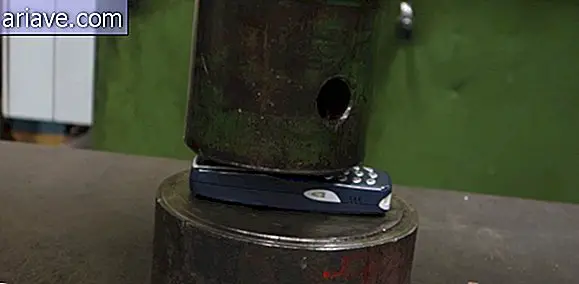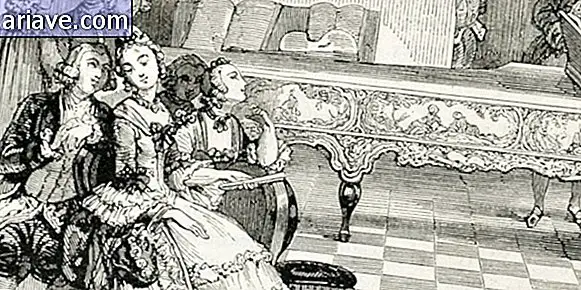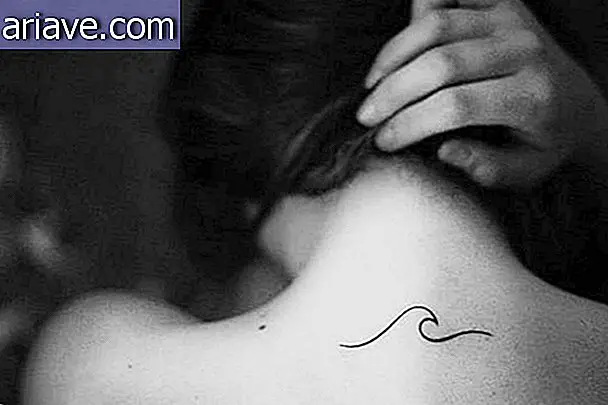Imperial China and its mysterious ancient clay soldiers
Qin Shi Huang came to be recognized as First Emperor in unifying China.
During his years on the throne, he succeeded in transforming the empire in a way no one else had before. Qin made his entire territory use the same currency, use the same units of measurement, and began building the first version of the Great Wall of China. So it is no wonder he plays a very important role in the country's history.
The memorial

To remember his deeds as an emperor and have as great an afterlife as his life on earth, he decided to begin a work that would last more than 30 years. Thousands of families were displaced from all over China so that the best professionals could work in the necropolis idealized by Qin Shi Huang.
It is estimated that more than 700, 000 artisans worked on the construction of the entire structure and all that was contained within it. This included models from various regions and Chinese architectures, including rivers made of mercury so that the water never evaporated.
Discovery

During the 1970s, farmers dug a well near Mount Li in Xiam. During the excavation, they came across a life-size terracotta-shaped warrior. Due to small artifacts found in the past, archaeologists already suspected that the emperor's tomb could be located in the vicinity of that area. When they were called in to inspect the find they were sure they had something unique in their hands.
A great milestone in the history of China

During the excavations, they soon discovered that each clay warrior is unique. Although the researchers found that there are a limited number of head molds, they were apparently finished by hand. Therefore, each warrior's eyebrows, hair and expressions are never exactly alike. In addition, there were different models of bodies, arms and legs, making the assembly of each warrior very varied.
Many statues also carried royal weapons that even found two millennia later were sharpened by a liquid used to preserve the blades.
In addition to soldiers of various ranks, terracotta horses were found, as well as some variation in materials on other objects, such as bronze carriages with gold and silver accents, including a charioteer.
More recently, as excavations progressed and closer to the Emperor's tomb, other hand-carved sculptures were located. Among them were statues of civilians, balancing artists and musicians. It is estimated that much remains to be discovered as much of the necropolis is still underground.
One of the most widely accepted theories so far is that terracotta statues were created to diminish human sacrifice, which is very common at funerals of great leaders of the time. The Emperor's chief soldiers were usually sacrificed to continue their service. Although there is evidence of human sacrifice in Xiam's case, most of the army was still made up of clay warriors.
Most of Xiam's warriors have never left the necropolis in China, but some of the pieces travel the world and have even been to Brazil. In 2003, warriors, horses and one of the carriages were exposed in the Ibirapuera Park Hollow for a short period.











